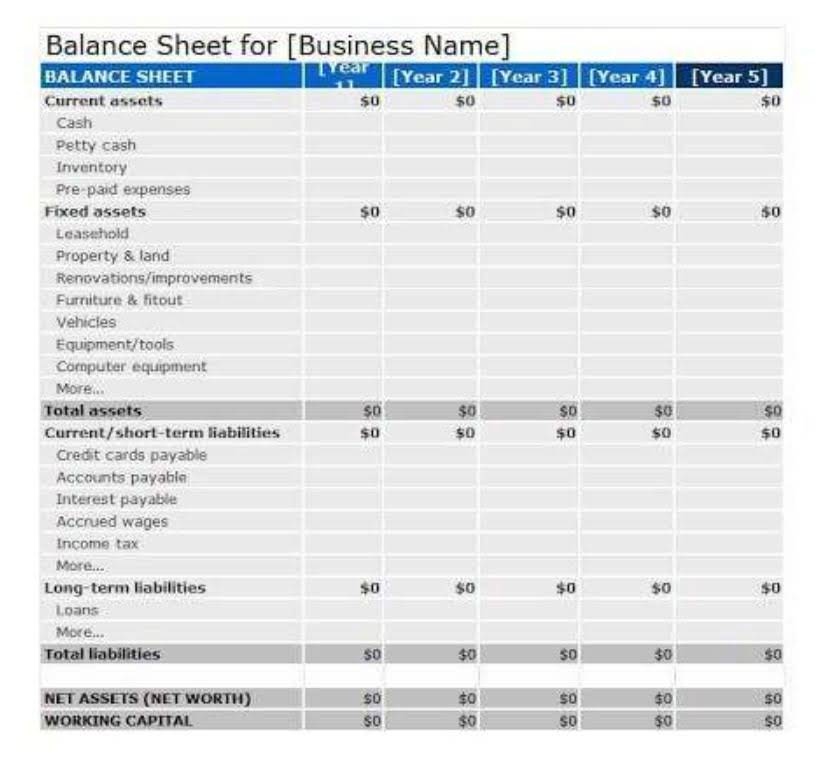
In this case, the money paid by the customers has to be returned, and as a result, these go on the debit side. So, whether sales are credit or debit depends upon whether sales are made or products are returned. Each sale invoice is recorded as what is a sales journal a line item in the sales journal as shown in the example below. In this example some information has been omitted to simplify the example.

Are Sales Debit or Credit Journal Entries?

The Sales Journal and Sales Ledger serve different functions in the accounting process. A Sales Journal is used to record the company’s sale transactions, while a Sales Ledger is where individual customer transactions are posted as part of the double-entry bookkeeping system. A sales return happens when a customer sends back a product for a refund or exchange, while a sales allowance is a price reduction CARES Act given after the sale without returning the product. Returns impact both revenue and inventory, but allowances only affect financial records. For instance, credit card sales involve processing fees that reduce the actual cash you receive. On the other hand, customer defaults may require writing off uncollectible credit sales as bad debt.
Sales Journal: Definition, Examples, and Entries

The sales journal is simply a chronological list of the sales invoices and is used to save time, avoid cluttering the general ledger with too much detail, and to allow for segregation of duties. By systematically recording sales data in a sales journal, companies can measure key performance indicators such as sales revenue, conversion rates, and customer acquisition costs. These metrics offer valuable insights into sales trends over time, pinpointing periods of growth or decline. The date of sale in a sales journal entry is crucial for proper revenue recognition and aligning sales data with financial statements.
- A sales journal is utilized to track sales performance, analyze sales trends, and optimize the sales process to achieve set sales goals and targets.
- Sales revenue is the income statement account, and it is recognized when the control is passed to customers.
- At the end of the reporting period, total the sales journal columns (e.g., Accounts Receivable, Sales) and transfer the amounts to the general ledger.
- The purchases journal has columns for the date of the transaction, the name of the supplier, the invoice number, the amount of the purchase, and the amount of any discounts taken.
- Sales journal entries are accounting records that document when you sell products or services.
- Let’s use a fictional scenario involving a boutique clothing store called “Vogue Styles” to illustrate how a sales journal is utilized.
Sales Journal Entry Format

For example, if we overpaid our electric bill, we could get a refund check in the mail. We would use the cash receipts journal because we are receiving cash, but the credit would be to our Utility Expense account. If you look at the example in Figure 7.23, you see that there is no column for Utility Expense, so how would it be recorded? We would look up the account number for Utility Expense and credit the account for the amount of the check. If we received a refund from the electric company on January 28 in the amount of $100, we would find the account number for utility expense (say it is 615) and record it.
- Such detailed insights from sales prices also play a key role in evaluating sales performance and establishing future sales targets.
- If a company had manytransactions, that meant many journal entries to be recorded in thegeneral journal.
- But where cash receipts journal and cash payments journal are maintained cash book is not needed.
- For the seller, revenue can be revised by debiting the sales return account (A contra account by nature) and crediting cash/accounts receivable with the invoice amount.
- The sales return journal is prepared from debit notes sent by the buyer with returned goods.
The Sales Journal, a significant component of a business’s financial management system, has a focused purpose that extends beyond being a simple record of transactions. Firstly, it helps to maintain accurate records of all financial transactions. Auditors use journals to verify the accuracy of financial statements and ensure that all transactions are properly recorded.
BAR CPA Practice Questions: The Effect of Supply, Demand, and Elasticity on a Product

This cash would be noted on the credit side, whereas the LED light would be noted on the Debit side. If you have already read the “purchases journal” article, you may have noticed that the sales invoice and purchase invoice are two different names given to the same document. It is always prepared by the seller and is called the sales invoice in the record of the seller and the purchase invoice in the record of the buyer. The seller uses it to record a sales transaction in https://www.bookstime.com/ his sales journal, and the buyer uses it to record a purchase transaction in his purchases journal. When a seller sells merchandise on credit, he prepares an invoice known as the sales invoice or outward invoice. This invoice is sent to the customer, usually along with the merchandise sold.



